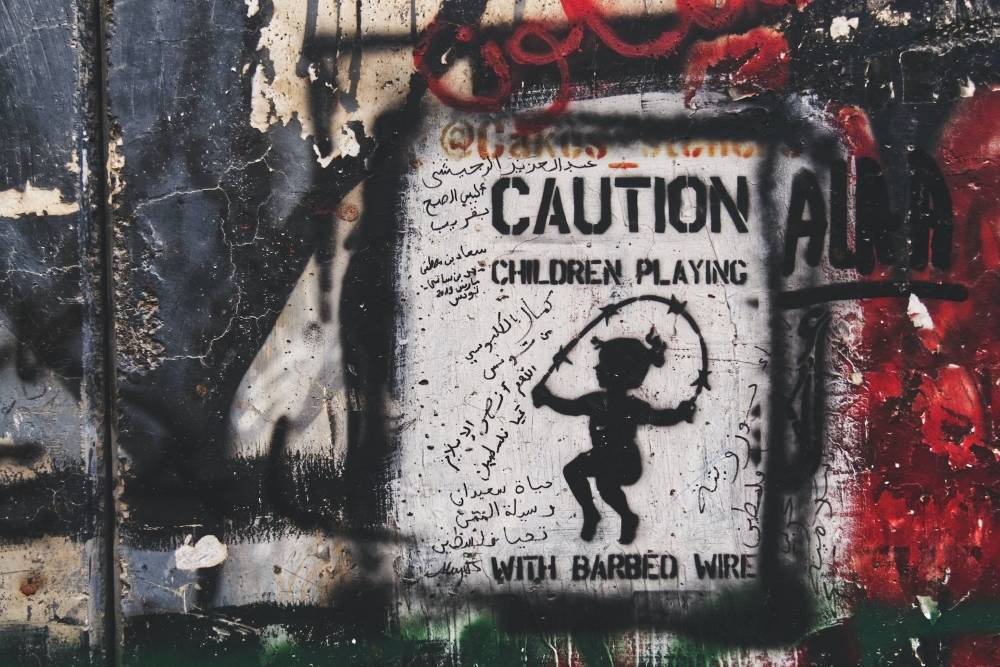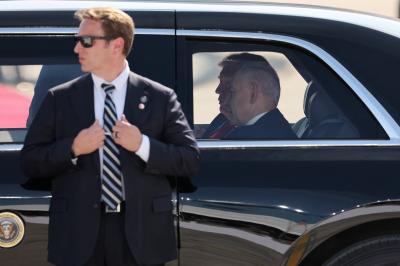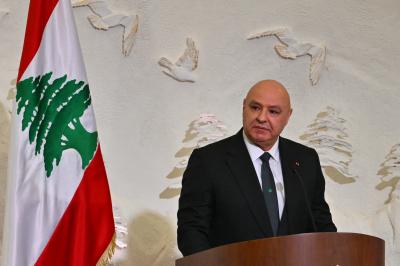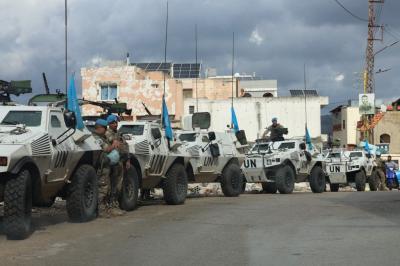The poignant image of that young child, found in both Gaza and Qana, symbolizes the tragedy countless innocents face. An infant robbed of its mother by a war, driven by a mighty military machine, targeting over 1.2 million Palestinians living in an area less than 360 square kilometers.
A striking image emerges from the devastation in Gaza and Qana, that of a tiny child whose mother was tragically taken by a war initiated by the region's dominant military force. This assault has affected over 1.2 million Palestinians, all residing in an area no more than 360 square kilometers.
Within days, the world's attention shifted to the rumored beheading of a young Israeli girl, occurring in one of the colonies near the Gaza Strip. This news quickly circulated in the international media, even though the story has yet to be verified. The world did not witness the heart-wrenching image of a father holding his lifeless daughter, a casualty of the Israeli military operations that unleashed a barrage of bombings and assaults on Gaza. Although this incident may seem recent, it joins a sorrowful history, diverting global attention from ongoing horrors.
This tragedy mirrors the atrocity experienced in Qana, a massacre by Israel in 1996 against a United Nations site in this southern Lebanese town. Over 106 people died there, primarily children, women, and the elderly, who sought refuge at the emergency forces site to escape Israeli bombardment. Israel's actions showed disregard for the UN and its personnel, committing grave offenses.
There's no denying that targeting civilians, especially children and the elderly, warrants unequivocal condemnation. The unbearable images of desecrated bodies rightfully evoke outrage, justifying condemnations, notably from the U.S. president and other figures, in response to a child's alleged beheading. However, it's crucial to reflect on the fate of children who lost their lives in Palestine, Lebanon, and other global regions.
It's worth noting that this rumored beheading of a young Israeli has yet to be formally confirmed, as stated by the White House spokesperson. This individual clarified that the U.S. president has neither seen such an image nor confirmed this news. The U.S. president's comments are based on statements from Israeli Prime Minister Benjamin Netanyahu's spokesperson and press reports. Yet, these reports were challenged by "In These Times" journalist, Oren Ziv, who traveled to the area of the alleged incident, encountering numerous soldiers and locals, without finding any verification of this event.
Despite the story's uncertainty, it managed to capture international public attention, overshadowing the countless images revealing the scale of atrocities Israel committed against civilians in Palestine and neighboring countries for many decades. Sadly, the world remains unmoved by the terrified expressions of these regions' residents, by acts of violence against Palestinians, or by collective sanctions imposed on both young and old.
It's vital to recognize that the despair and suffering of these populations often go unnoticed, much like the images of Palestinians fleeing the war horrors near the Rafah border crossing with Egypt. The world can't remain indifferent to the cries of children, the anguish of fathers, and the tears of mothers. Society keeps categorizing migrants based on ethnicity, skin color, and identity, failing to recognize humanity beyond these parameters. It's high time we evolve towards a more enlightened world.
For the first time since settling on these contested lands, Israeli settlers faced moments of dread. Meanwhile, the Gaza Strip endured relentless tragedies, leaving little room for hope. This stems from the continuous bombardments and destruction that plagued the region for years.
During these violent periods, settlers would gather on nearby hills, bringing along drinks, popcorn, even hosting barbecues, watching these scenes with a baffling detachment, as if awaiting the latest episode of a riveting TV show. Some even took selfies with flames consuming both humans and buildings in the backdrop. The pinnacle of this situation is that western media covered these events without eliciting significant condemnation from the international community. For many Israelis, these tragedies seemed to serve as entertainment.
This reality raises troubling questions about the selective application of humanitarian standards based on individuals' backgrounds. It's outrageous that society continues to handle justice and truth based on criteria like gender, religion, and race, overlooking the sufferings and injustices endured by the most vulnerable.
The poignant image of that young child, found in both Gaza and Qana, symbolizes the tragedy countless innocents face. An infant robbed of its mother by a war, driven by a mighty military machine, targeting over 1.2 million Palestinians living in an area less than 360 square kilometers. Regrettably, this image elicits hardly any global response, risking becoming a mere talking point at settlers' gatherings as they continue to watch events unfold.
Please post your comments on:
[email protected]
 Politics
Politics








